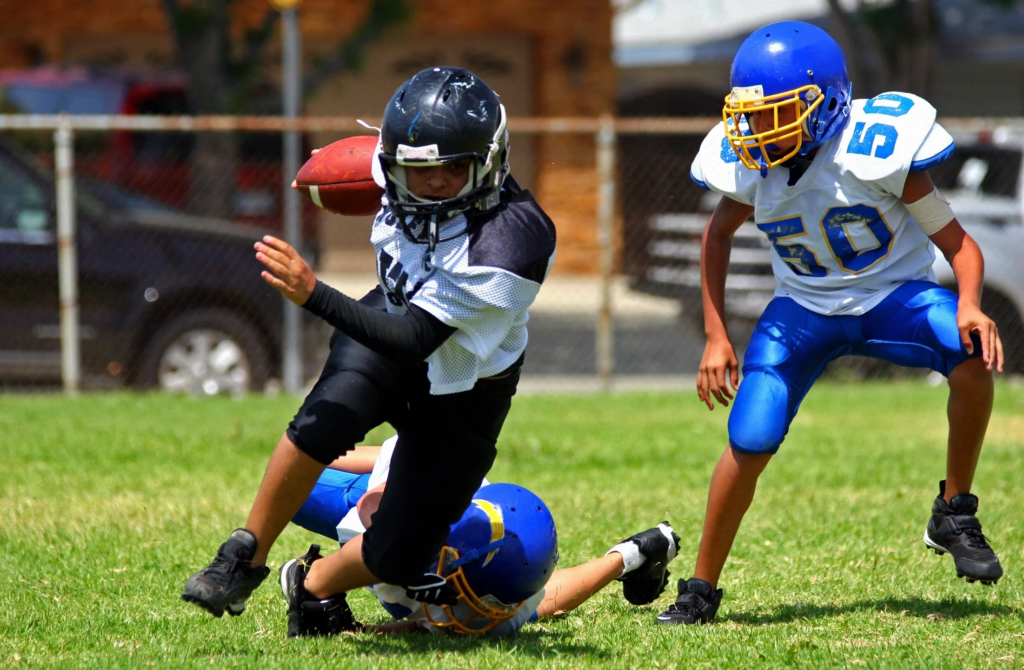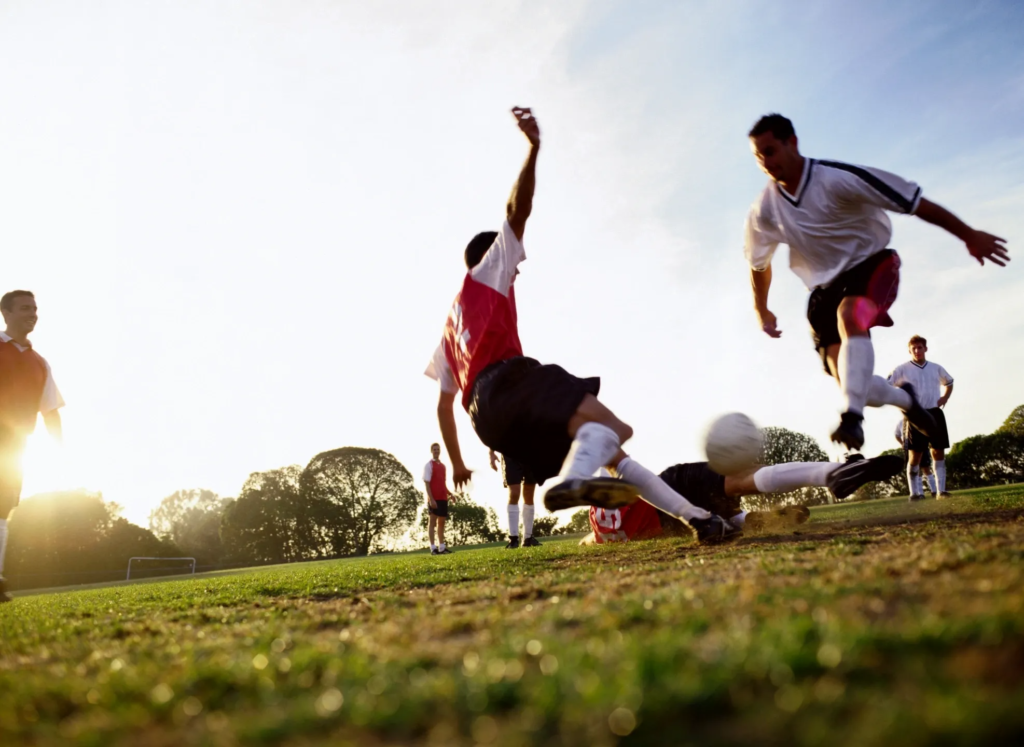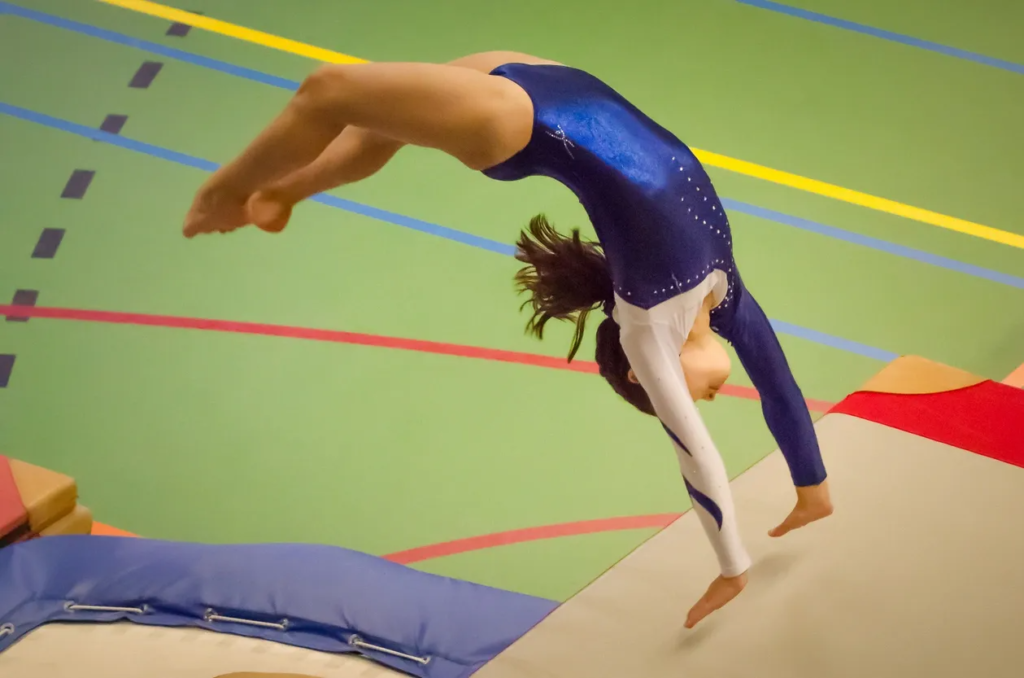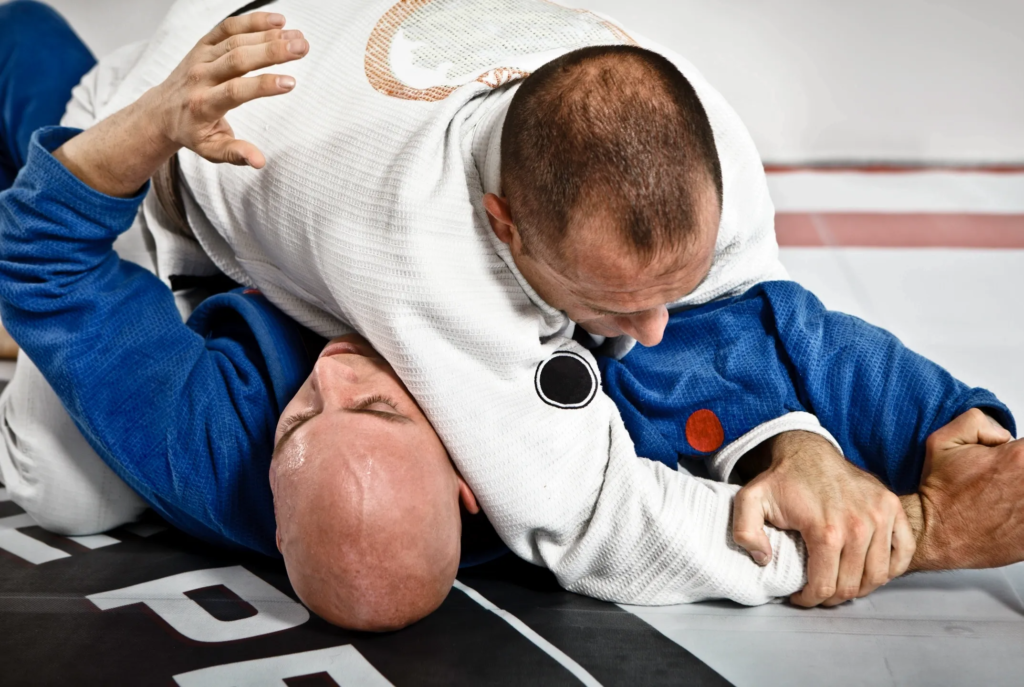Sports Injury and Sports Physicals




Sports Injury
The number of sports injury possible is countless. However, the more common traumas in sports are soft tissue injuries like strains and sprains. Treating these injuries requires knowledge about the healing process and how to rehab these injuries progressively in order to return patients to play as soon as possible. Reactivate Chiropractic & Rehab is here to help you get to your maximum recovery quicker.
Did you know that Chiropractic can improve athletic performance? Over the past couple of decades, a mountain of research is showing how Chiropractic care makes athletes more efficient, heal from injury faster, and resist future injuries. From football teams to power lifters like Arnold Schwarzenegger, more and more athletes are turning to Chiropractors to be at the top of their game.
Why choose a Chiropractor? In competitive sports, the difference between winning and losing is sometimes measured in microseconds. Athletes need every little bit of strength, speed and flexibility they can muster. A Chiropractic Physician’s focus is improved joint mechanics. In other words, this type of Physician is concerned with how the body moves. You may know Chiropractors as the spine experts, but they work on every part of the body. Chiropractors can improve range of motion, strength, flexibility, coordination, reaction time. Additionally, Chiropractic improves the ability of the body to recover and resist injury.
According to Palmer College of Chiropractic, an estimated 90% of all world-class athletes routinely use Chiropractic care to prevent injuries and boost their performance. Not surprising, 100% of NFL teams employ on-staff Chiropractors, as well as 72% of PGA golfers and the majority of NBA, MLB, and NHL teams. So, if you are an athlete or you are an on-the-go weekend warrior, you can look to our Tulsa Chiropractor to improve your game and stay active.
Sports Physical $25
Need a physical in order to play a school sport in Tulsa or surrounding area? No problem. Generally schools have a preferred physical exam form that they use. So, simply ask your school for this form and bring it to your appointment. If they don’t have a preferred form, then we will just use our standard sports physical for TPS. We will evaluate and document the athletes overall health and ability to safely participate in order to give them the green light. Call today to make your appointment!
Schedule Today: Sports Injury & Physicals
Call or Text Anytime for questions about Sports Injury or Sports Physical
Call: (918) 600-2969
Text: (539) 202-9446
